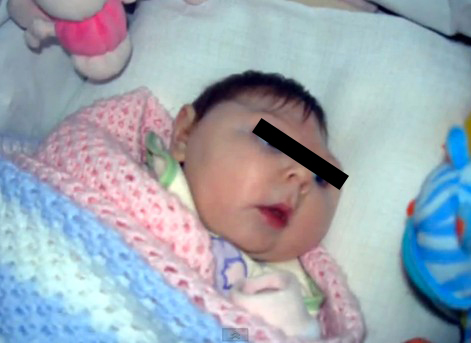
Virus causing microcephaly: 14x rise in microcephaly in 1 year – Brazil.
Last year there were 147 cases of microcephaly in Brazil. This year the number is 2,400. The cause for this unprecedented rise of microcephaly is most likely the Zika virus. The virus has been demonstrated during the autopsy of an infant born with microcephaly. Further more it has also been demonstrated in the amniotic fluid of two mother, whose babies were born with this defect.
ZIKA VIRUS
First described in 1947 by scientist researching yellow fever in the zika forest. The researchers placed a caged rhesus macaque in the forest, the monkey developed fever. From the serum of the monkey, researchers isolated a transmittable agent described as zika virus. Subsequently the virus was isolated from a patient in Nigeria. (1952)
From its discover to 2007 the infection was rare. In 2007 the first out break outside Africa and Asia occurred in Yap, Micronesia. Early 2015, the virus was detected in Bazil. It is hypothesized that during the 2014 world cup tourists introduced the virus to Brazil.
The virus is a single stranded RNA virus of the flavivridae family. It is transmitted by the Aedes vector. Transplacental and sexual transmission have also been reported.
Approximately 20% of the patients who get infected with the virus exhibit symptoms. The characteristic clinical findings of the infection are acute onset fever with maculopapular rash, arthralgia or conjunctivitis. Myalgia, headache, retro-orbital pain and vomiting also commonly reported. i.e pretty similar to dengue or chikungunya. The disease lasts for ~ a week and runs a benign course, case fatality is rare.
A preliminary diagnosis is made based on the patients history of travel and activity done during the trip. Lab diagnosis can be achieved by RT-PCR ( reverse transcriptase PCR ) or by detection of antibodies. Virus specific IgM antibodies and neutralizing antibodies develop towards the end of the 1st week of infection. However due to cross reaction with other flaviviruses diagnosis can be difficult. Plaque-reduction neutralization testing can be performed to measure virus-specific neutralizing antibodies and discriminate between cross-reacting antibodies in primary flavivirus infections.
There is no specific antiviral treatment. Treatment is mainly symptomatic consisting of rest, fluids, analgesics and antipyretics.
THE BRAZIL SITUATION
The virus has infected tens of thousands in brazil. It was initially concentrated in the north eastern parts of the country but has now spread south.
The World Health Organization and the Pan American Health Organization have issued alerts in Brazil and other latin american countries.
The Brazilian government aims to contain the virus through vector control. The ministry is sending truck loads of larvicide to the affected areas. Some sources estimate this to be enough to treat 3,560 Olympic-sized swimming pools. Also pregnant women have been urged to use insect repellents and stay indoors.
However the situation is so bad that in certain parts of the country, doctors are advising women to delay their pregnancy.
In the mean time health authorities of other countries must remain vigilant and prevent the introduction of the virus into their countries.
Additional studies are going on to determine if the virus is really the cause of the 16 fold spike in the number of microcephaly cases.
Here is the map of countries that have past or current evidence of Zika virus transmission (as of December 2015) Source CDC
